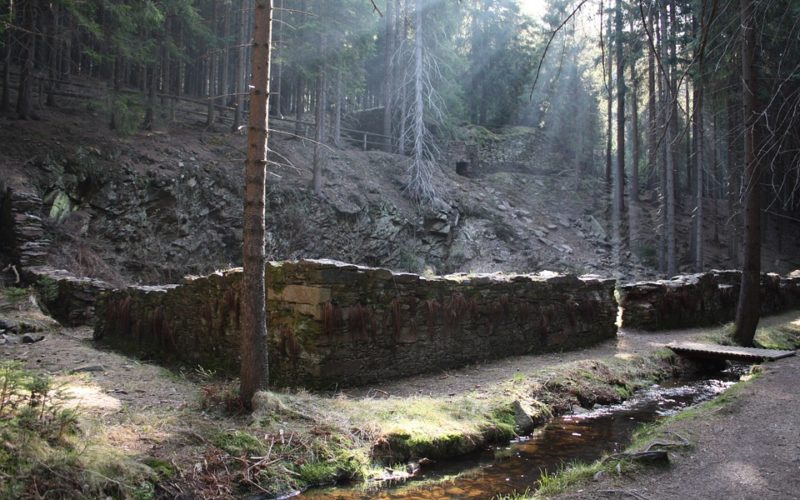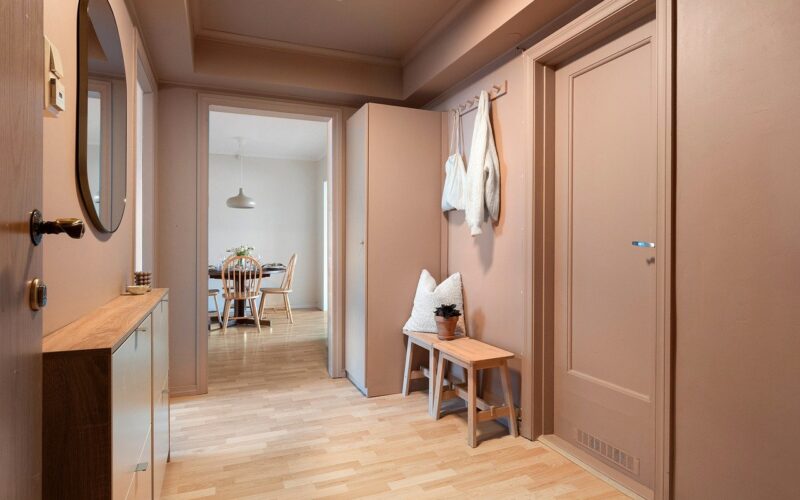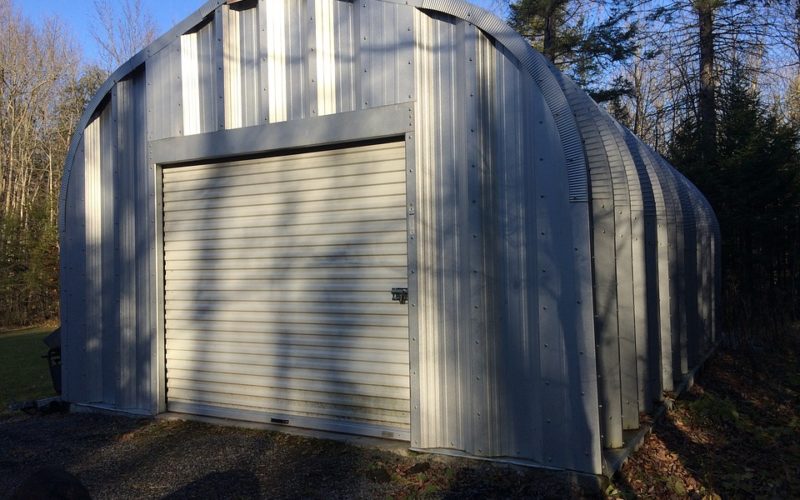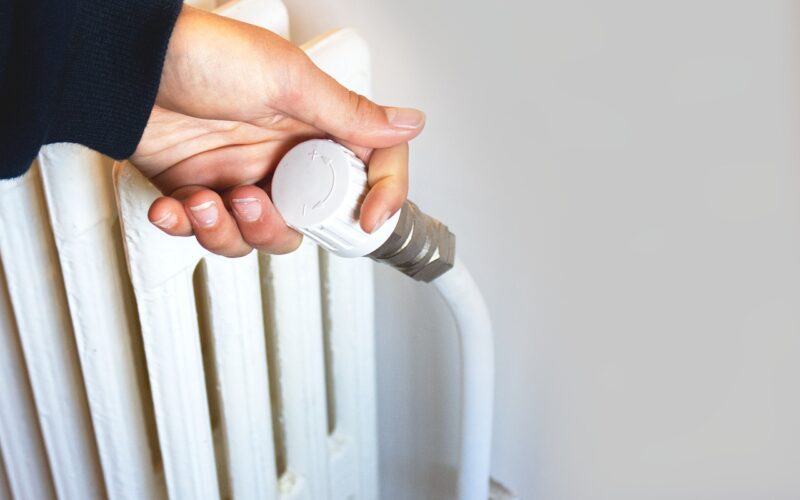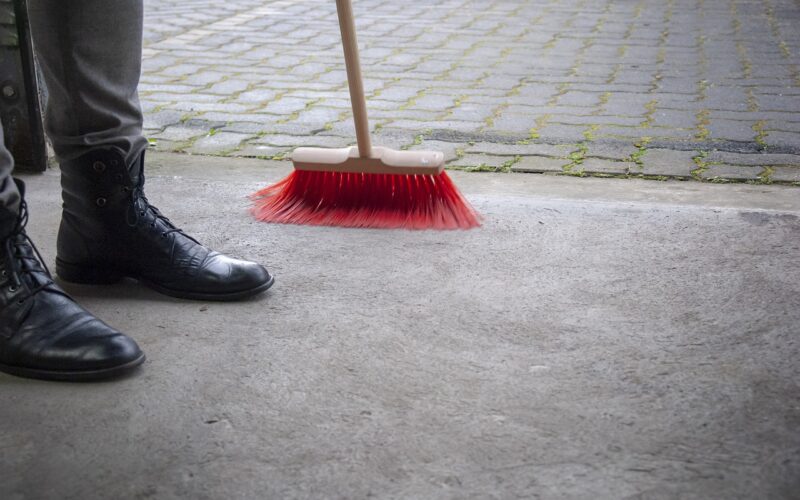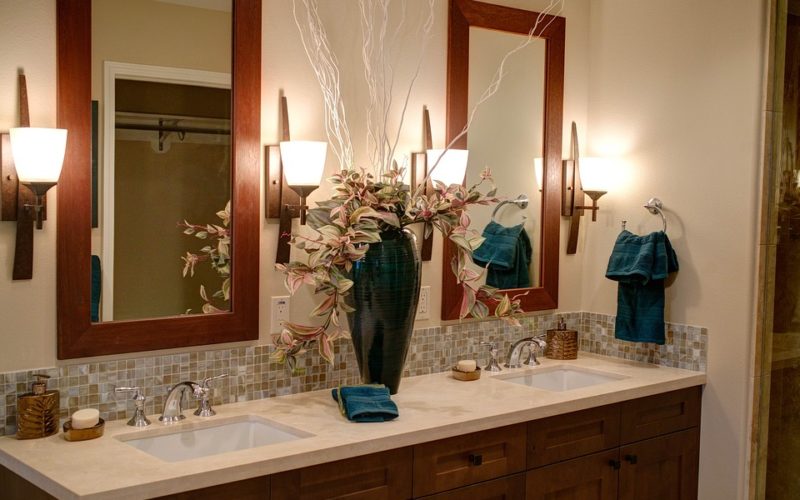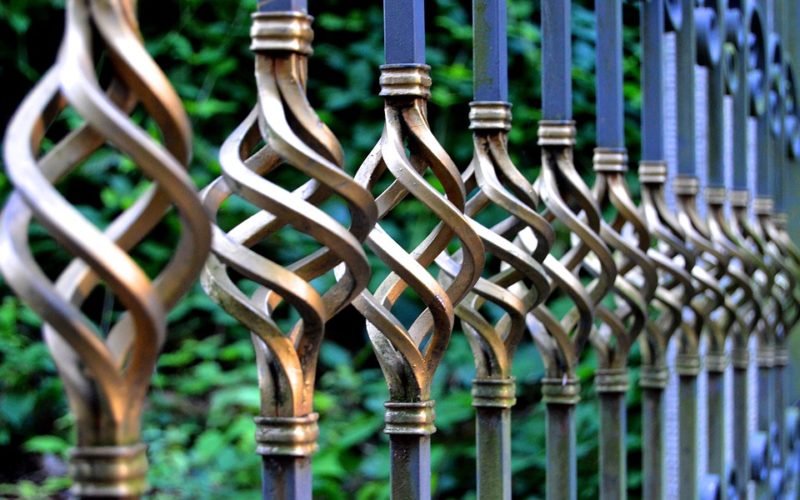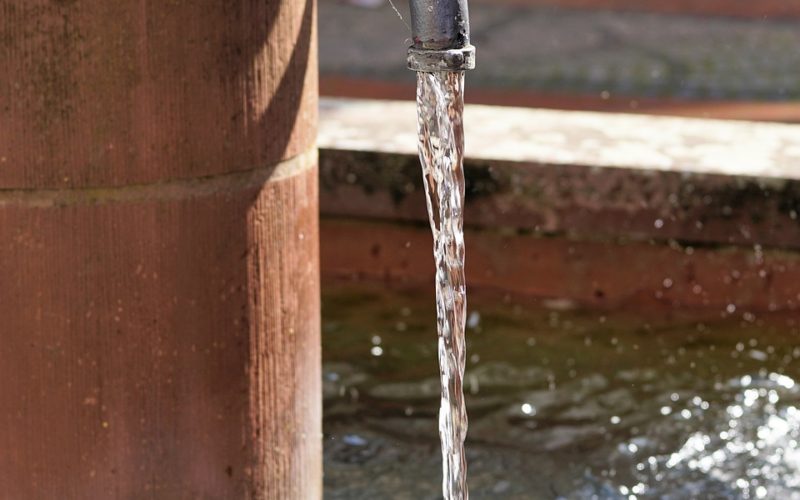The Use of Swales in New Developments
When heavy rains or snow melts, community sewer systems are often overwhelmed. The drains stop taking in water, and the local area becomes flooded. Avoiding these issues is an important part of building a new community, and many of the newest developments have opted to build swales to control excess water. They might not seem necessary during the initial stages, but residents will be pleased to have them when a heavy rain or fast thaw hits their street.
How Swales Work
For the majority of the year, swales are nothing more than a depressed area filled with grasses. Many of them are unplanted with garden flowers, so they do little to add beauty to the local landscape. If they are not mowed on a regular basis, they often look ugly and devalue the neighbourhood. How they work is simply by existing as an overflow area when heavy rains or fast thaws occur. They are a filtering area where rainwater can collect, and they do not depend upon the local sewer system for drainage. The water that goes into them will eventually seep into the ground through the layers of grass, silica sand and soil beneath them. Although it's not necessary, the addition of water media filtration techniques like adding recycled crushed glass helps with drainage.
Creating a Swale
Construction a community of buildings and common areas takes a great deal of planning, and construction companies generally have their own experts to help them maximize their time and effort. When it comes to building swales, they usually have a standard method they use and simply enlarge or shrink it according to the amount of drainage necessary. The first step is to dig down into the soil to create a depression larger than needed, and then it is built up again with sand. This is the secondary filtering agent used to cleanse the runoff before it gets into the water table. Once the sand bed is laid, top soil is layered over it. Grass is planted over the layer of soil to keep it in place as well as act as the primary water filter.
Choosing the Components
It is important to choose the best components for the area when creating a swale for water drainage and filtering, or it will not work as well as planned. The top soil can be retained from digging out the swale, and reusing it saves money as well as time. The sand bed material can be purchased through Minerals Marketing and shipped to the sight. Builders must purchase either grass seed or sod that grows with little maintenance, and they often confer with experts to find out what strains will work best.
Giving up the land area necessary to create swales throughout a community is difficult for developers intent on creating as many homes or business space as possible, but they are a good way to avoid environmental issues that will arise in the future. For many builders, it is the only way to salvage enough land for a reasonable number of structures to be built within the existing regulations. Swales are not the most beautiful landscaping, but they are a welcome sight when filling with overflow from heavy rains that are flooding other neighbourhoods in the local area.
